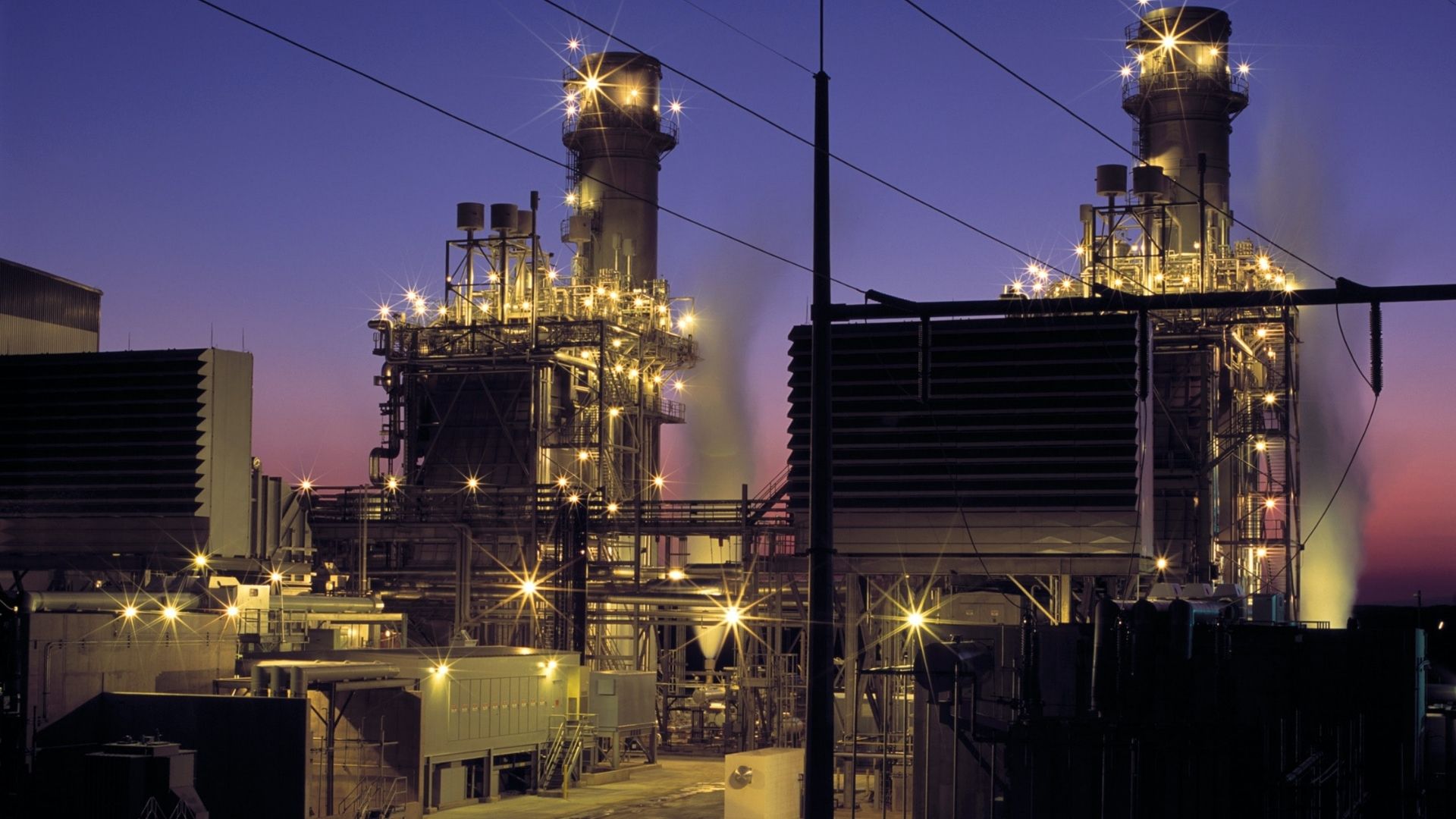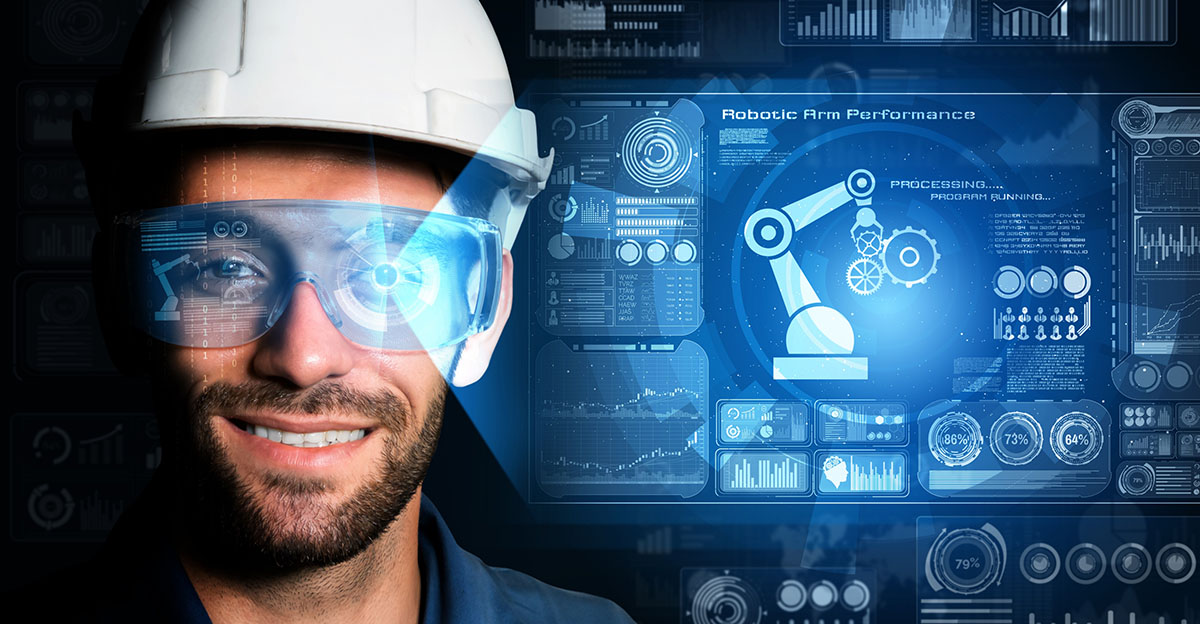2 min read
3 Automation Trends in the Automotive Industry
1. 3D Printing In the automotive industry, additive manufacturing, also known as 3D printing, is becoming more common. What was once confined to...
The potential of the IoT (Internet of Things) has been demonstrated in organizations across all sectors. When done correctly, it can smooth out processes, improve navigation, and create additional incentives for partners, accomplices, and clients. It's no surprise that it's the driving force behind Industry 4.0 – what has been dubbed the "fourth modern" uprising.
What exactly is Industry 4.0?
Industry 4.0 refers to the process of computerized change in manufacturing and related ventures to increase value. Many people believe that the current advanced change pattern closely resembles the fourth modern upheaval, hence the name.
Industry 4.0 is concerned with how manufacturing can change by utilizing outsider stage advancements, development accelerators, and IT/OT (functional innovation). This entails carefully integrating cutting-edge innovations in network security, massive information, AR/VR, distributed computing, robotization, AI, and IoT to change traditional cycles and capacities. The goal is to make organizations smarter, faster, stronger, and more coordinated.
Top IoT Applications for Industry 4.0
Here are some of the most prominent examples of IoT innovation in Industry 4.0:
Analytics and Big Data
As things stand, manufacturing organizations now generate massive amounts of data. This could result from IoT sensors, production volumes, deal speculation, execution data, and so on. They must also manage a wide range of external data and factors of interest, such as economic situations, governmental issues, the environment, and so on.
Nonetheless, issues frequently arise in terms of actually storing, handling, and using that information. Physically gathering, organizing, and filtering through information, as well as assembling bits of knowledge, is a time-consuming and laborious process. Worse, it is a waste of human potential, given how productive and capable innovation is at managing massive amounts of data. Big Data and Analytics apparatuses are transforming this aspect of a business's operations into one that happens gradually and with immeasurably expanded insight.
Self-driving Robots
While we are still far from humanoid robots with human-like insight and ability, it is astonishingly experienced to produce robotization. Advanced mechanics is now widely used to carry out tedious, high-accuracy tasks in a wide range of manufacturing lines. The potential benefits of robotized advanced mechanics in assembly are numerous:
Simulations and Digital Twins
A digital twin is a programmatic representation or model of a genuine item, such as assembling hardware or an entire office. The most well-known application of these frameworks is to run replications designed to identify flaws and amazing opportunities for development.
They can also be used to run a precautionary test to see how a framework or machine would behave in unambiguous conditions. Workers can also be trained and prepared to use the equipment before being placed in a real-world situation. This is especially effective when combined with AI and AI innovations.
Integration of Horizontal and Vertical Systems
The combination of vertical and horizontal systems ensures flawless operation of your equipment, IoT devices, loops and labor.
The ultimate goal is to provide a consistent network and facility-wide permeability to those who need it.Data must be accessible and shareable between workers, machines and production networks. This interconnected structure will help prepare production for a delay in the manufacturing network.
Industrial IoT (IIoT)
In a manufacturing line, IIoT is most frequently associated with gadget sensors that collect functional and natural data. These sensors are critical to illuminate various verticals and gather information to track production cycles and innovation options. Aside from your assembly hardware, it can also apply to your office's frameworks, for example, air filtration, HVAC, and so on. This continuous collection and sharing of data supports virtually all remaining IoT frameworks.
Cyber Security Technology
The main disadvantage of IoT-flying your entire effort is that the more interconnected your frameworks are, the greater the potential security risks. Any single IoT device can be a potential entry point for an attack, from which it can quickly spread to any remaining devices and frameworks in your business operations stack.
This risk, however, can be mitigated by utilizing cutting-edge IoT network security frameworks. The current driving IoT security frameworks influence advancements like AI, and blockchain to naturally respond to attacks. These astute security frameworks can protect against a wide range of threats, from social engineering to ransomware to DDoS.
The Cloud
The cloud ensures never-before-seen adaptability and speed-to-advertise for organizations across all industries. Cloud foundation is small, secure, and quick, and it comes pre-configured with data redundancy and business progression measures.
Large amounts of data can be stored easily with quick access for all partners including clients. From a customer standpoint, the cloud offers numerous advantages in terms of speed, accessibility, and consistent quality. Also lowering upward costs while acquiring, maintaining, and operating a foundation.
Additive Manufacturing (AM)
AM is the modern term for 3D printing. 3D printing is the most common method of assembling items by layering more materials. PC assisted design (CAD) or 3D scanners can be used to create computerized models of items that can then be printed in 3D.
This opens up numerous opportunities for producers, such as publicly supporting plans, ideas, and client-created content. Indeed, AM can be combined with massive amounts of data to produce AI-generated advancements or developments.
Artificial Intelligence and Manufacturing
We've already mentioned a few uses for AI in modern IoT. Most people agree that AI will infiltrate nearly every computerized innovation due to its true capacity for speed, proficiency, and mechanization. It is now being used extensively in forecasting advertising patterns, supply and demand, and even upkeep.
AI's capability will only grow as a result of large amounts of data and AI. Machines, for example, can be programmed to recognize and correct flaws without relying on human input.

2 min read
1. 3D Printing In the automotive industry, additive manufacturing, also known as 3D printing, is becoming more common. What was once confined to...

Smart manufacturing and smart factory is a broad production concept that has emerged to optimize the manufacturing period. Smart manufacturing, a...

Predictive maintenance is a cutting-edge approach that leverages technology to predict equipment failures before they occur, allowing manufacturers...